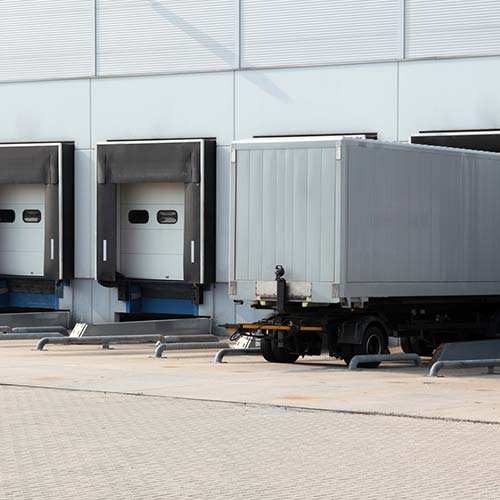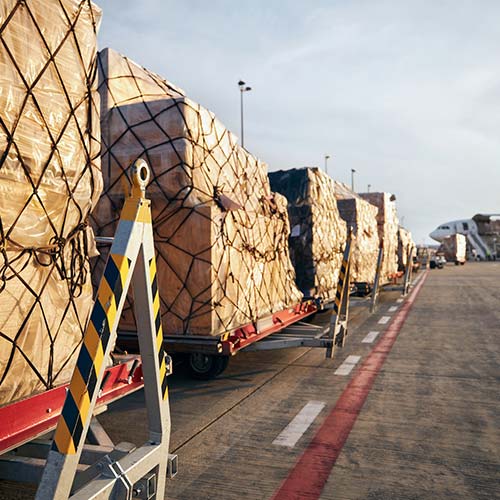Policy and insights report
What are tariffs and why do they matter for accountants?

What is a tariff?
A tariff is a tax enacted at country or regional bloc borders (such as the European Union) on goods that are being imported from outside the country or regional bloc. They are paid by the importers to the customs agency of the country that has implemented the tariff.
Tariffs can be placed on 'finished' goods but can also be levied on raw materials or supply chain components. Usually, they are expressed as a percentage of the price of the product, making the total cost more expensive.
Why do countries seek to implement tariffs?
There are various reasons why countries or regional blocs may seek to implement tariffs:
- Protect domestic industries / companies – the tariff makes imported goods more expensive, which encourages people to ‘buy local’ from their own country.
- Increased foreign investment and production – proponents of tariffs argue they can provide an incentive for companies in other countries to set up or increase production of goods or services in the importing country rather than, for example, lowering their own export prices in the face of tariffs.
- Increased government revenue – the tariffs are paid by importers to the government, thereby raising money. Governments can then claim that this allows them to reduce other taxes on the population and/or increase government spending.
- Tariff retaliation – sometimes tariffs are enacted in retaliation to other countries raising their own tariffs (which is often referred to as a ‘trade war’) or in response to what countries view as unfair trade practices in other countries.
- Geopolitical and policy issues – tariffs may be seen by governments as a way in which they can increase leverage over other countries for geopolitical reasons or to pressure them to change policies they dislike in various areas. Governments may also want to ensure that they have sources of domestic production in areas deemed critical for national security, or to encourage policies or activities aligned to social or environmental strategic intentions of the country or economic bloc. The carbon border adjustment mechanism is a good example of this.
Policy and insights report
Tariffs: explore our perspectives, insights and resources
Businesses, organisations and economies all over the world are facing uncertainty and volatility as a result of changes in US trade policy.





